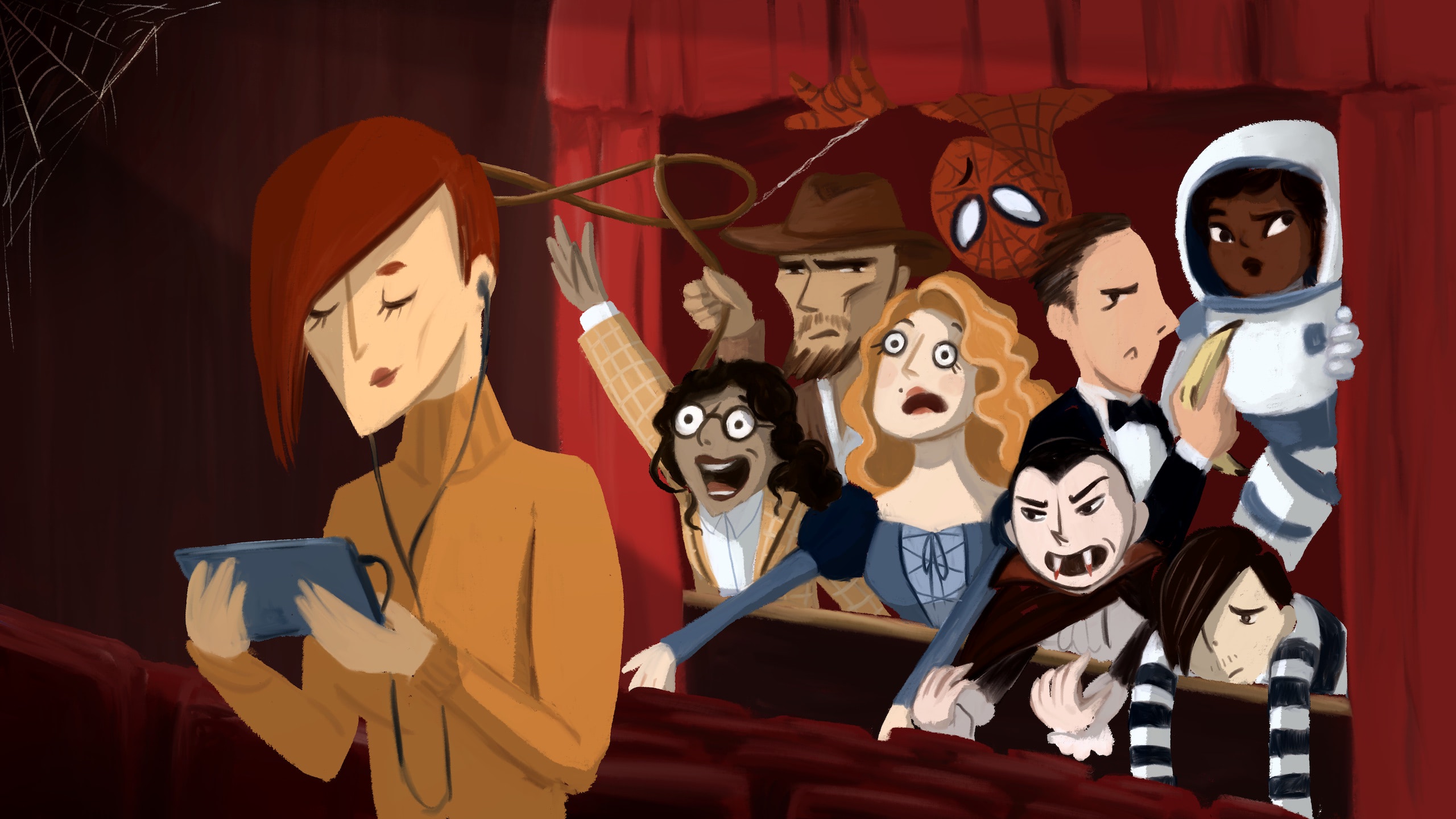
Action? Cinemas are reopening, but will audiences return?
After nearly a year of silent screens, cinemas in New York re-opened in the first weekend in March, albeit with a maximum 25% capacity or 50 people at any time. All cinema goers are asked to wear masks.
By contrast Sydney cinemas are allowed 100% capacity, due to the lengthy period of low community transmission of COVID-19 cases in the entire state of NSW.
The problem facing audiences in New York and Sydney is the same: what is there to watch? And the answer is, not much.
Without new films, audiences and revenue, will there be any cinemas remaining to show films by 2022? Or will the lack of Hollywood blockbusters mean a renaissance for Australian and independent films, a new golden age for the generation following Australian cinematic greats such as Peter Weir, Gillian Armstrong, George Miller, Phillip Noyce and Bruce Beresford?
Films, at least the ‘crowd pleasers’ cost hundreds of millions of dollars to make. To recoup that money studios and distributors need large weekend audiences and box office takings. COVID-19 caused studios to significantly delay cinema releases. No Time to Die was planned to be released worldwide in April 2020, then November, then April 2021. Currently the latest target is 8 October. Reportedly, even during an era of record low interest rates, MGM is accruing a debt of a million dollars a month until it can release Bond onto cinema screens. The company had already spent US$66million in marketing before it delayed the film, which cost more than US$300 million to make. Bond films traditionally generate big cinema audiences, and MGM is banking on cashing in on history – hence it believes it can afford to wait. Or to look at it another way – it can’t afford to release the 25th Bond blockbuster until there is the audience to satisfy its budget outlay.
Straight to the lounge room
Without theatre audiences the industry pivoted, focusing on strategies involving steaming services, such as Netflix, Disney+, Hulu, Amazon Prime, Paramount+, CBS All access, and others. Even so, it came as a shock when Warner Bros recently escalated the collapse of the previously sacrosanct exclusivity window between cinema release and streaming. At the end of 2020, Warner Bros declared its entire 2021 slate of 17 films would be released concurrently in theatres and on streaming service HBO Max. This includes films such as the hugely expensive Dune, the Space Jam and Matrix 4 sequels. In fairness this is the same studio that tried to release Christopher Nolan’s Tenet as a major film during the pandemic, only to see the film fail to gross even US$60 million in North America. Even with overseas sales, it is estimated Tenet lost between US$50 and US$100 million dollars.
Streaming, however, is not necessarily the solution. Warner Bros’ Wonder Woman 1984, released in 2020, did poorly at the box office (making less than US$50M). Warner Bros was happy to report WW 1984 was the most-watched straight-to-streaming title of 2020. But even with this streaming success story, the Hollywood Reporter noted the film is expected to lose close to US$100 million. A tentpole film with a US$200 million + budget, according to pre-COVID logic, would stand to make box office US$1 billion globally. But without a high-profile release, these films cannot achieve their full financial potential. Not only is there less cinema revenue but the film also loses the lucrative ancillary streams of merchandising and sequels. Which is why Ghostbusters: Afterlife or a Quiet Place Part II are joining James Bond in a delayed, possible late 2021, release.
Australian movie bloom
In Australia some smaller films have benefited from the absence of US blockbusters, but local cinema chains are still hurting. The Dry starring Eric Bana and Penguin Bloom with Naomi Watts have benefited greatly from the absence of foreign (i.e. US) competition. The Dry is now the 15th highest grossing Australian film of all time, mainly built on outstanding word of mouth. But for the 2,332 cinemas in Australia, these films are not driving nearly enough audiences. The reality is Australian films need to screen alongside, not replace Hollywood blockbusters, for the pre-COVID economic model to work. There is simply not enough wide appeal local or indie films to fill cinema seat capacity. While The Dry has ticket sales of A$17M – a great result for an Australian film – in 2019 Avengers: Endgame took A$75M locally, according to PwC. Traditionally Australian films only account for 3.3% of Australian box office revenue, and less than 9% of titles shown.
While the cinema theatre landscape looks bleak, on the film production side the Australian industry is set to boom. Disney’s Marvel studios is already shooting Thor: Love and Thunder starring Chris Hemsworth at Fox Studios, and is now reportedly relocating its main studio headquarters to Sydney. A further five years of MCU (The Marvel Cinematic Universe) productions are scheduled to be made here, assisted by the Australian Government’s A$400m increase to the Location Incentive Scheme, aimed at attracting foreign film productions.
One just has to wonder where Australian audiences will watch these films when they are completed?
This is part of a series of insights related to Coronavirus (COVID-19) and its impact on business.
Mike is a co-founder of the Motus Lab at The University of Sydney Business School. His research is into using interactive realtime digital humans as new forms of Human Computer Interfaces.
Share
We believe in open and honest access to knowledge. We use a Creative Commons Attribution NoDerivatives licence for our articles and podcasts, so you can republish them for free, online or in print.





